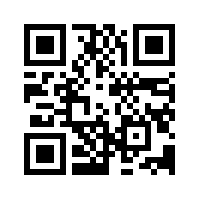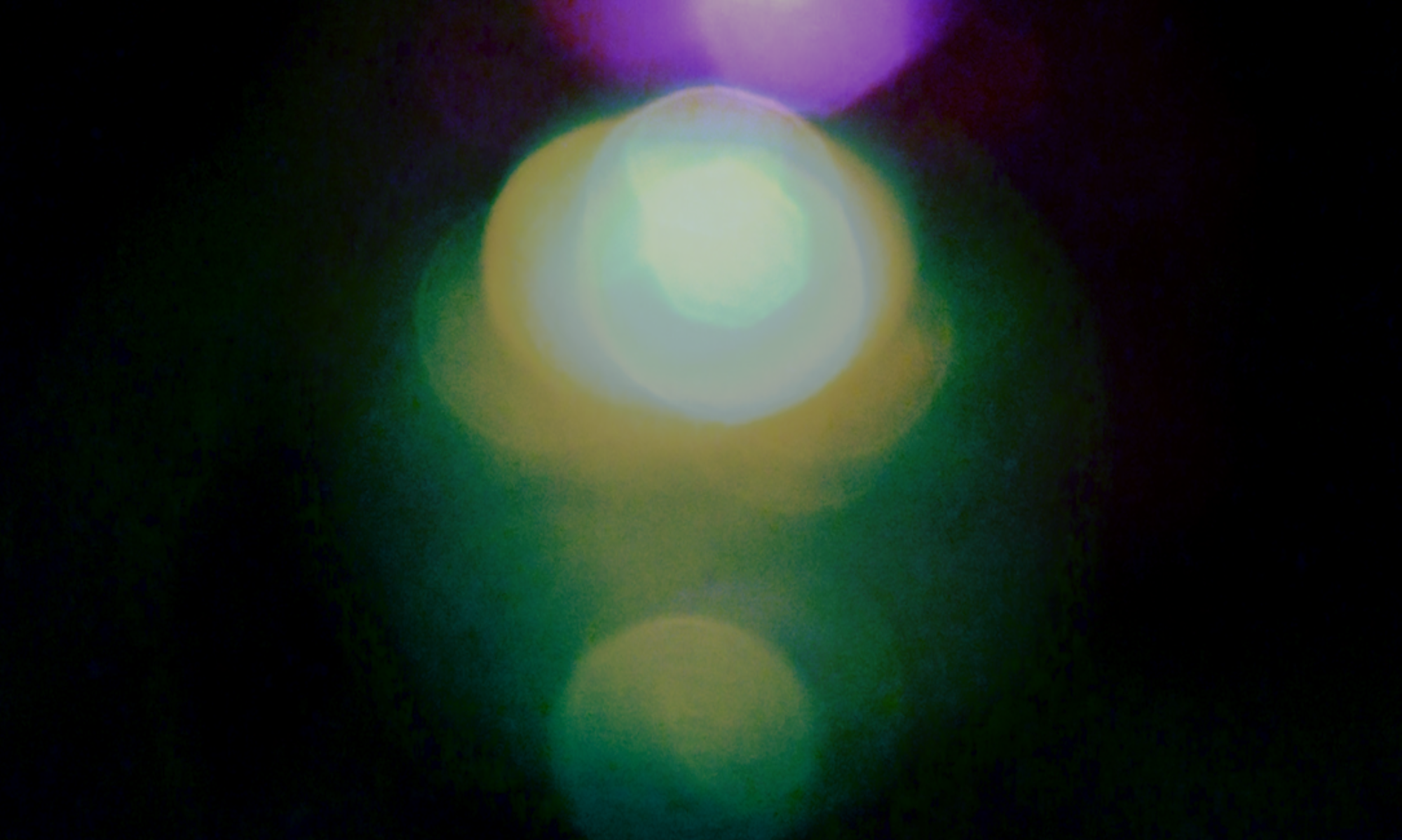a study on kinesthetic empathy and synaesthesia – work in progress
I am sea I am air I am wind I am tree
In resonance with the surrounding. Tuning into another beings movement and emotion. Kinaesthetic empathy. Immersed in sensorial stimuli. Moving coloured textures. Synaesthesia. Resonances permeating the body, matter. An audio-visual and documentary approach to the relationship between kinaesthetic empathy and synaesthesia.
Leave your Resonances
I would love to receive your resonances to the film.
You can leave your resonances as a drawing or a video.
Choose the medium that appeals to you the most.
Take a paper and pen. Start drawing a line while you watch the video. What rhythm, colour shape would you give it? Does it make you feel light or heavy? If you like, let the line evolve into a bigger painting.
Put your hands in front of a camera or your mobile phone as a camera. Let your hands react to what you see while watching the film. Can you sense movements of the film on your palms and fingers? What movements do your hands express or imitate? Do your hands feel soft or tense? If you like, let your hands start a little dance in response to the film.
Scan the QR code below and send me your resonance via email. I am happy to receive your resonance in any medium you choose from photos and videos to words and paintings.
Thank you very much!

Rearch into Kinesthetic Empathy and Synaesthesia
The film I am sea developed out of my research into the relationship between kinesthetic empathy and synaesthesia.
Synaesthesia is a fascinating phenomenon in which the stimulation of one sense simulta- neously and involuntarily triggers a second sense: music opens up a room full of colors, the number four is orange and the touch of velvet tastes like nutmeg.
Kinesthesia describes a depth sensitivity, which enables the perception of the states of tension and the control of our body in its position, its position in space and the individual parts of the body to each other.
Kinesthetic synaesthesia is stimulated by a ‘kinesthesia of the I’ (the perception of how we perform the movements of our body) and an ‘organ kinesthesia’ (the perception of sensory contact or our skin or other limbs with an external object), as a phenomenologist Husserl categorised it.
My kinesthetic synaesthesia has a strong influence on my dance performance and my choreographic work. My own body parts are colored differently depending on its tone and permeated with different colored textures. The movements of other people in the room are also colored and textured.
For the pioneers in empathy research, Visher and Titchener, what you felt about someone else’s experience – the movement of the other body, the rhythm and intensity of the actions, as well as their spatial position – played a decisive role. This experience of ‘living in the other’ has a significant influence on the feeling of one’s own posture, body tension and dynamics, and it also affects feelings.
Empathy and kinesthesia have in common that they both presuppose ‘living’, the ‘hold- ing’: in order to be able to perceive kinesthetic sensations, I have to go into my body. In order to have emphatic feelings, I have to ‘inhabit the other person’ as choreographer and researcher Susan Leigh Foster describes in her book Choreographing Empathy – Kinesthesia in Performance (Routledge Publishers).
Synaesthete dancer Molly Holst describes one of her synaesthetic perceptions as a response to looking at forms in silence and in motion:
‘Things that I touch with my hands I feel in my palate as an original image but also mixed with synaesthetic multidimensional perceptions. So a table edge can actually feel angular in the palate … The wind on my skin makes itself synaesthetically ‘visible’ as a sculpture on my face or arm. It is the same with bass and sounds or tones. It’s like absorbing it so that I have a deep kinesthetic synaesthetic experience in my body. Squares, tetrahedra, lines, capture my physical perception in colour and temperature. And it is actually most satisfying for me when I can physically perform them.’
This multi-layered perception of space, movement and physicality, body perception, em- pathy and synaesthesia is the starting point for my research.
I AM SEA – CREDITS
idea, concept, film & edit
Stephanie Scheubeck
sound
KAVALL
performers
Friederike Heine, Daniela Schmidtke, Deva Schubert, Aslan Seebohm, Sara Spennemann & participants of Viewpoint-Training Berlin
supported by
Theaterhaus Mitte Berlin

screenings
2020
March & April – exhibition Open Frames – Bath Artists Studios (UK)
February – EVOLVE Platform – Bath (UK)


